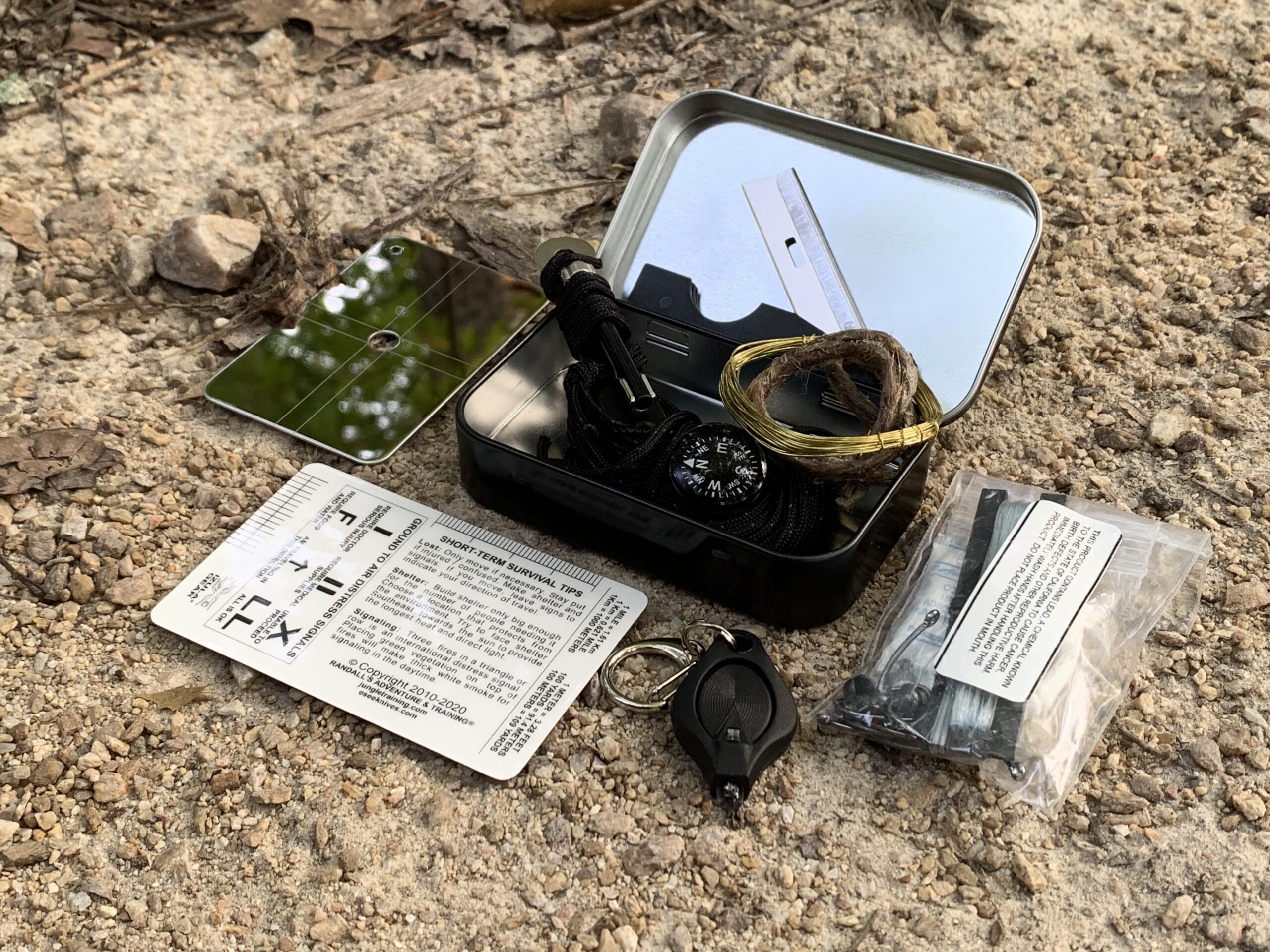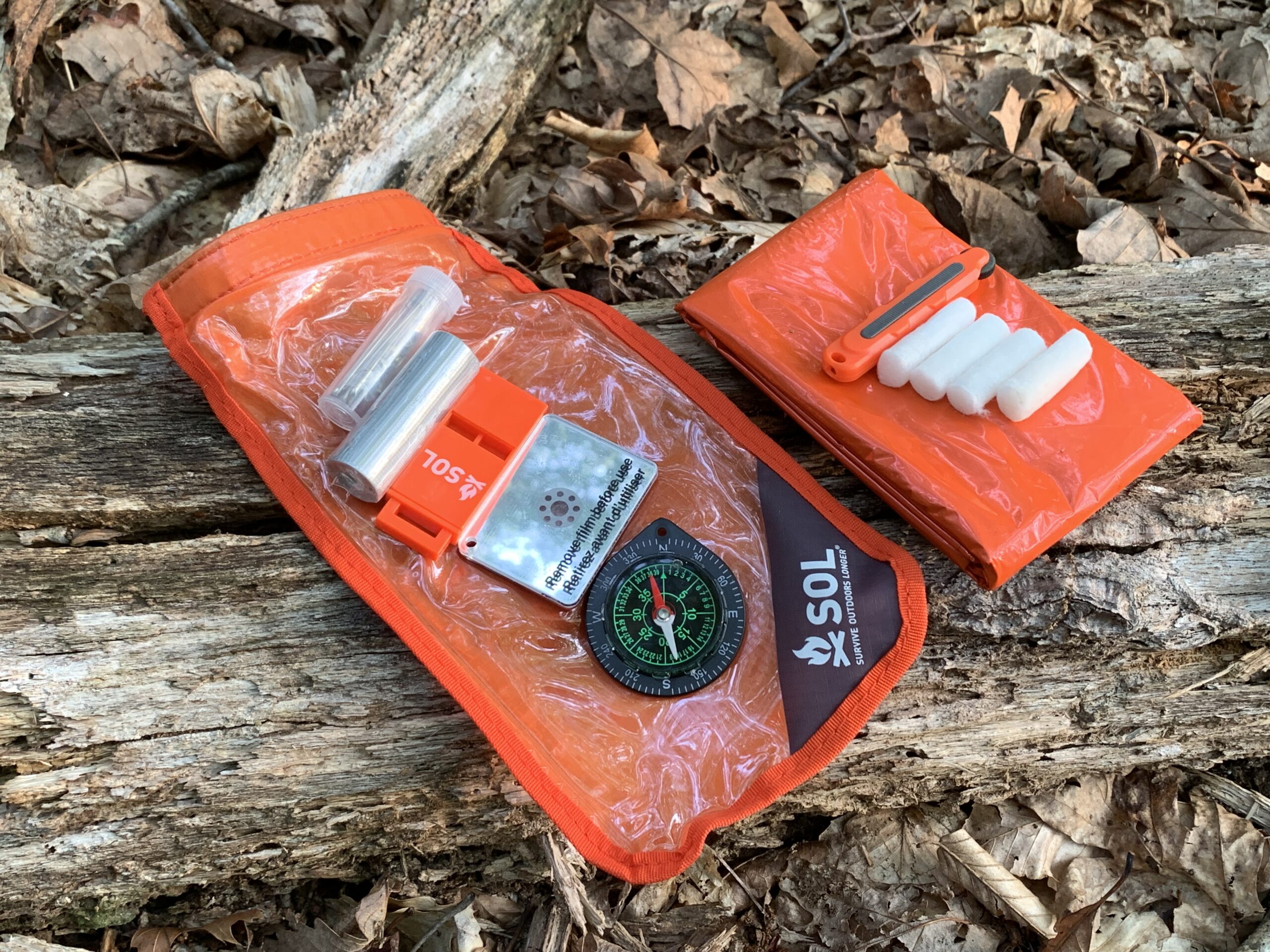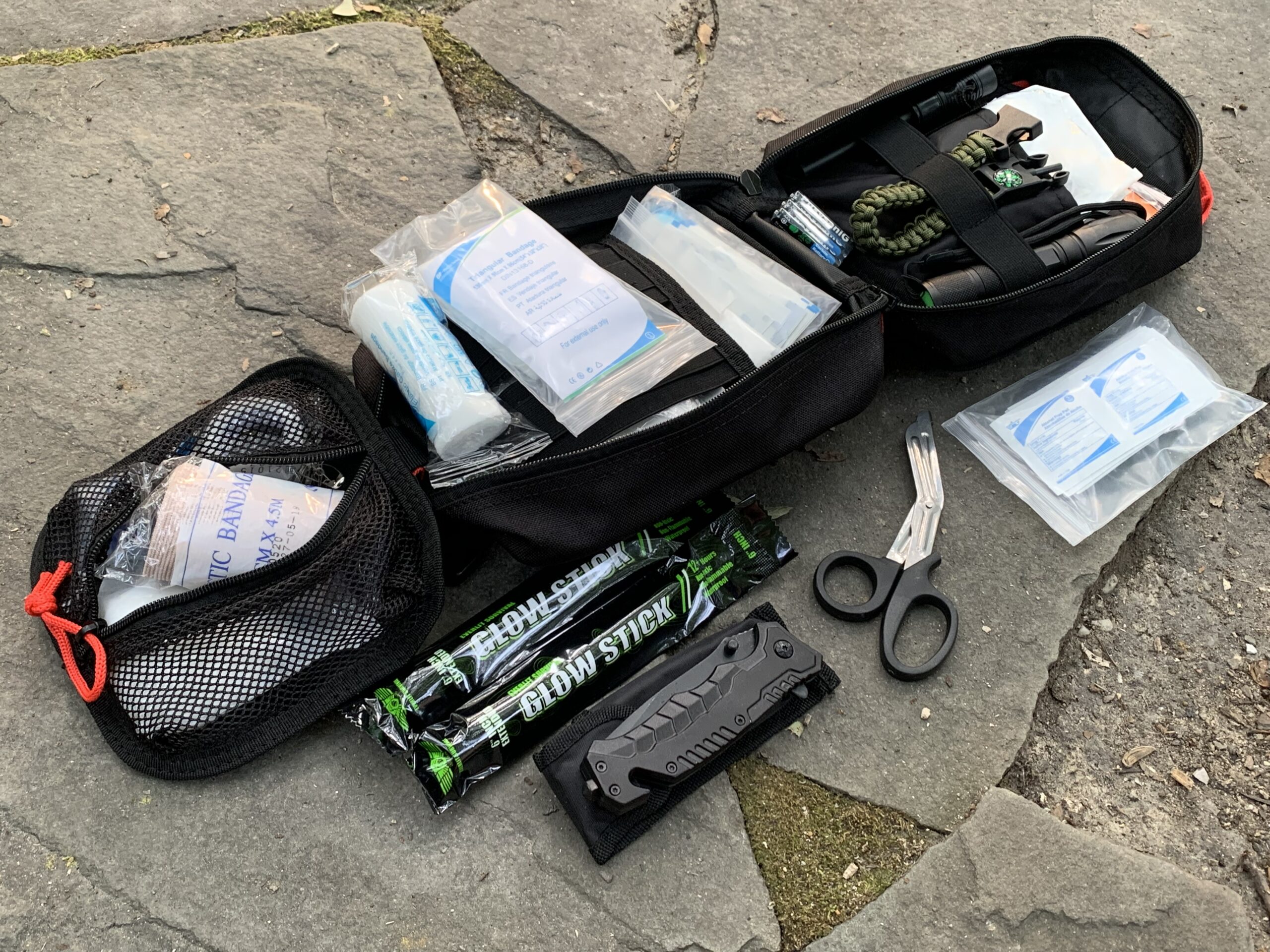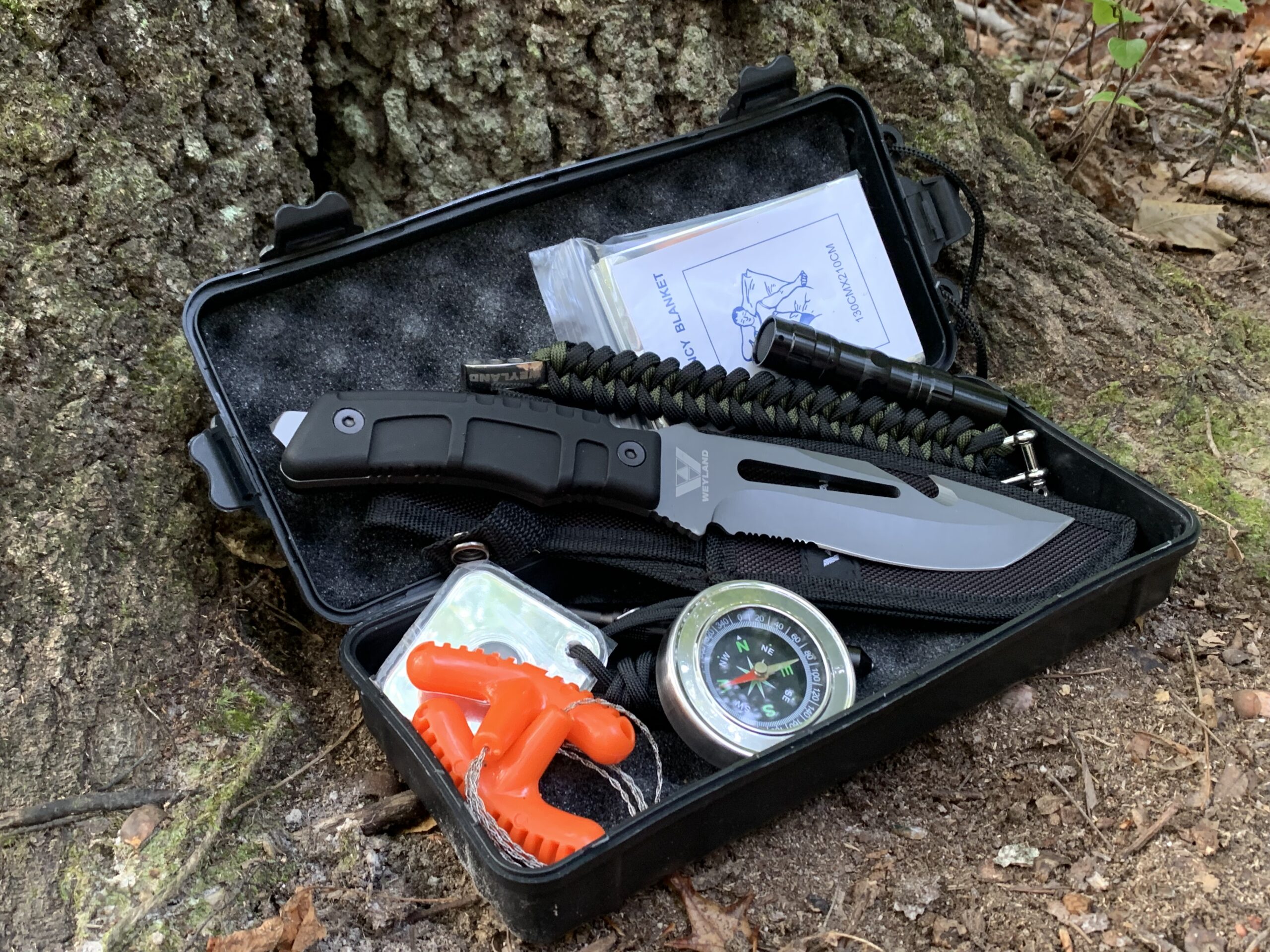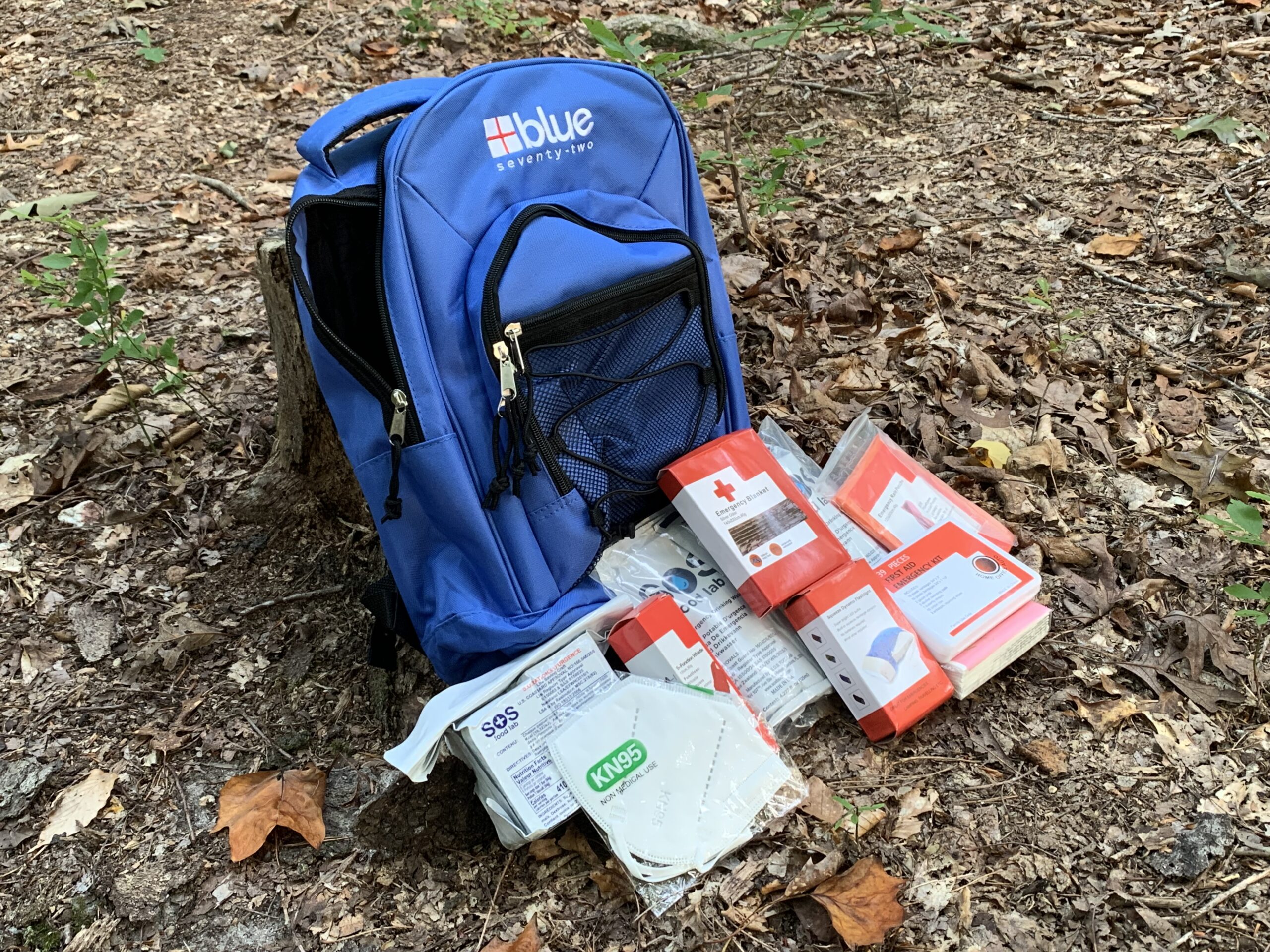We may earn revenue from the products available on this page and participate in affiliate programs. Learn More ›
Published Sep 3, 2023 9:00 AM
Survival kits are purpose-built for a very bad day, yet these kits don’t have a gloom-and-doom vibe for most outdoor enthusiasts. In fact, they usually evoke the opposite feeling. My survival students often describe these kits as offering hope and possibilities (not to mention some cool gadgets). Personally, I love buying and building survival kits and wouldn’t want you to think of them as a bad luck charm. Instead, think of them as a smart safety net for a really unlucky day in the backcountry.
I tested several of the readily available kits on the market and picked the best survival kits for different use cases.
How We Chose the Survival Kits
I’ve seen a lot of commercially available survival kits since I started teaching survival skills way back in 1995. Since then, I’ve reviewed survival gear for Outdoor Life and helped many of my students build their own survival kits from scratch. For this review, I wanted to represent a wide range of budget-friendly survival kits. So, rather than offering you an apple-to-apple comparison, I’ve gathered a fruit basket for your consideration. Some are big kits for your home or vehicle, and others are light and packable. The common thread through them all was their value. Each of these kits offers vital survival components that are both practical and affordable.
Best Survival Kits: Reviews and Recommendations
Best Pocket Kit: ESEE Knives Mini Kit
Key Features
- Weight: 5 ounces
- Dimensions: 2.5 X 4 inches
- Includes: Supplies for fire, food gathering, signaling and navigation
Pros
- Fits in a pocket
- Has survival advice inside
Cons
- The kit lacks items for shelter and water, your typical top two survival priorities
If you were expecting another cheap “sardine can” full of trinkets, you thought wrong. The Randall’s Adventure & Training Pocket Kit is no bigger than an Altoids tin, yet this 5-ounce kit is packed tight with quality gear. Items include a signal mirror, ferro rod, snare wire, a compact fishing kit, a button compass, a folding razor blade, cordage, an LED squeeze light, and a waxed fire starter. The package also contains some simple survival tactics on a plastic card, which could be very helpful for a complete novice. Pair this kit with a space blanket and something to help you acquire safe water, and you’re in business. My only gripe is the cutting tool. It’ll cut cordage and packaging, but calling it a “knife” is a little generous. It’s a folding razor blade. I found it unsuitable for even the simplest carving tasks.
Add one of the best bushcraft knives and you have one of the best survival kits to keep in your pack.
Best Small Pouch Kit: SOL Scout
Key Features
- Weight: 5.4 ounces
- Dimensions: 4 X 7 inches
- Includes: Shelter, fire, navigation and signaling components
Pros
- Brightly colored (which helps with retrieval if you misplace it)
- Meets most basic wilderness needs
- Waterproof
Cons
- Ferro rod and fishing tackle assortment are underwhelming
If this kit contained something to help procure or process water, it would hit all my highlights. The Scout kit includes a Mylar survival blanket, a multi-use fishing kit and sewing kit, a small liquid-filled compass, a signal mirror, a signal whistle, some duct tape, Tinder Quik fire tabs, and a fairly wimpy ferro rod (wheel operated, like a butane lighter). The little spark rod is the only real underperformer in the kit. Yes, I could light the included fire tabs, after tearing them apart to expose the tiny fibers. However, the feeble sparks wouldn’t light wood shavings and coarse bark fiber—two common tinder sources you’d use once the fire tabs were gone. I’ll certainly keep the spark tool in there as a backup, but I’ll also be adding a butane lighter, water treatment tablets, and a mini fishing kit to round out this kit a little more for wilderness use.
Best Large Pouch Kit: Everlit Survival Upgraded Survival First Aid Kit
Key Features
- Weight: 2.3 pounds
- Dimensions: 7.5 X 8.5 inches (and 4 inches deep)
- Includes: A wide range of first aid supplies
Pros
- Loads of survival and medical gear
Cons
- Bulky (8×6.5×5 inches) and a little heavy
- Low quality knife
- No water procurement
If you wanted a pre-made survival kit that also addressed your typical first aid issues, this one is ready to go. With 29 types of medical supplies (plus a sewing kit), and numerous survival items, most of your bases are covered. Like every kit mentioned, there’s nothing included for obvious water procurement or disinfection (though you could catch rain with the poncho). The knife, compass, and ferro rod are of the cheap variety, and the kit lacks any food-gathering equipment, but these areas can be upgraded or added as you see fit. All totaled, this could be a great starting point for a vehicle survival kit or a large field kit. The kit does come with some off-brand batteries for the flashlight (you’d better ditch those for a name brand). While it’s among one of the best survival kits I tested, I found the folding knife to be the weakest part of the kit. It was flimsy and poorly made, to the point that the liner lock wouldn’t even engage. I’ll definitely be swapping that out with something else.
WEYLAND Emergency Survival Kit
Key Features
- Weight: 1.7 pounds
- Dimensions: 4.5 X 10.5 inches
- Includes: Numerous tools, in addition to survival supplies
Pros
- Decent-sized (and decent-performing) knife
- comes in a hard plastic case
- checks a lot of boxes and it’s affordable
Cons
- Second cheapest kit in my review, and the lowest quality of most items
You get what you pay for, so let’s call this one a “budget box” to paint it in a better light. Who could use this? Does your teen love survival stuff, but loses their gear in the woods constantly? Here’s your kit. Or maybe you want something for your vehicle, but are concerned about theft from the vehicle? The Weyland won’t break the bank. The 1.7-pound kit holds an emergency blanket, a ferro rod with integrated whistle, a survival knife with sheath, a paracord bracelet, a wire saw, flashlight, signal mirror, survival tool card, and a compass. It also has room to cram in a little more gear. Add a collapsible water pouch and some water treatment tablets to fill out the gear list a little better. I’m also happy to report that we finally have a durable knife in this kit review. I found this beefy fixed-blade knife to be surprisingly sharp and durable. In fact, I’d say it’s the best thing in the box.
Read Next: Best First Aid Kits
Blue Coolers Blue Seventy-Two
Key Features
- Weight: 4 pounds
- Dimensions: 9.5 X 15 inches
- Includes: Food and water, with a few other basic supplies
- Packed in a small backpack
Pros
- Has water pouches
- Room for more gear
- Has shelf-stable block of survival food
Cons
- Does not include several survival necessities
I would classify this one as a kid’s kit. There aren’t too many things in here that would hurt a child, but there are plenty of assets they’d need. There are no sharp things and no medicines. What this backpack kit does contain is an emergency blanket, a poncho, a 2,400 calorie food bar (with a 5-year shelf life), a combo emergency whistle/compass, a hand-crank flashlight , a small first aid kit, and five emergency drinking water pouches (4 ounces each with 5-year shelf life). It also contains a tissue pack and a dust mask. Add a toy and your kid’s jacket (which they always refuse to carry) and it’s a kid’s kit. Add some walking shoes and a grown-up jacket to make it into something you could keep at the office in case you had to walk somewhere in an emergency. This kit has some good starter supplies, with plenty of room to grow.
How to Choose Your Own Kit
If weight, size and of course, budget were not limiting factors in the choice of a survival kit, we might all choose the biggest, baddest, and most comprehensive kits on the market – suitable for a wilderness emergency or doomsday itself. Unfortunately, weight, size and cost are key issues that most of us have to juggle, along with the quality of the overall kit and its components. A survival kit loaded with top-shelf products will usually have a price tag to match. And the cheaper survival kit is, well, cheap. So let’s look at your bottom line issues for decision making: weight, size, price, and quality. Do you need this kit more than other people might? The pricier kit with high-quality items would give you a better “insurance policy” against item failure and it will hold up better in emergencies. For the ultralight backpacker or someone who rarely ventures outside the neighborhood park, an inexpensive little pocket-sized kit may be the best fit. And if you’re keeping this kit in a vehicle, weight and size are of little concern. Get the big one. In any case, take an honest look at your vulnerabilities and your needs before you buy or build a survival kit. Don’t take too long, though. You don’t want to get caught without a kit because you couldn’t decide which one to buy.
The DIY Kit
Gather 100 survivalists and ask them for a survival kit shopping list. You’ll get 100 different lists. Yes, the lists will have items for shelter, fire, water, and all the rest. But everyone seems to have their own favorite gizmos and brands, based on their own experiences and the different landscapes they venture into. Don’t let these variables intimidate you. Even if you’re not a “pro” at survival, there’s nothing stopping you from building your own survival kit. Start with an understanding of our needs. We all need shelter from the extremes, water, fire making supplies, and food. We also need ways to signal for help, navigate, illuminate the darkness, and patch up wounds. Assemble a group of items that fill these needs, place them in the box or pouch of your choice, and you’ve got yourself a DIY survival kit.
Final Thoughts on the Best Survival Kits
You may not ever need one of the best survival kits, and that’s my hope for you. We can’t all be that lucky, however, and it’s always better to have some kind of gear than to get caught with nothing. So even if you can only afford a smaller cheaper survival kit, buy it and make sure you take that kit with you on every trip. You never know when it will come in handy.

